
N°22034 Homme Taureau XXXIII
Capton
Painting - 40 x 30 x 0.3 cm Painting - 15.7 x 11.8 x 0.1 inch
Sold
Save your search and find it in your favorites
Saved search
Your search is accessible from the favorites tab > My favorite searches
Unsaved search
A problem occurred

Painting - 40 x 30 x 0.3 cm Painting - 15.7 x 11.8 x 0.1 inch
Sold
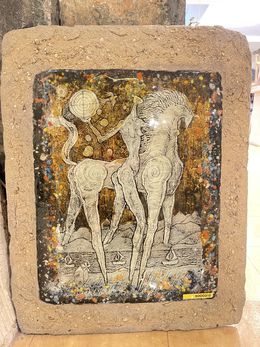
Painting - 72 x 56 x 2 cm Painting - 28.3 x 22 x 0.8 inch
Sold
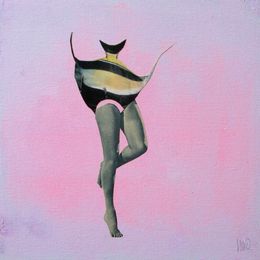




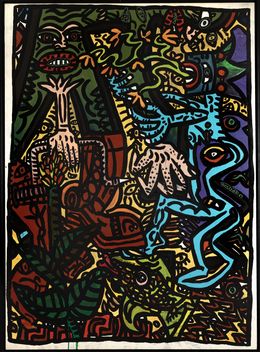
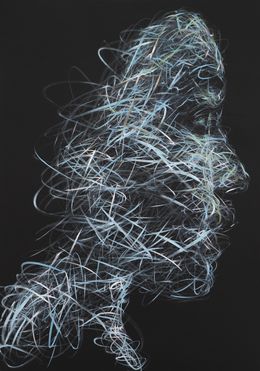
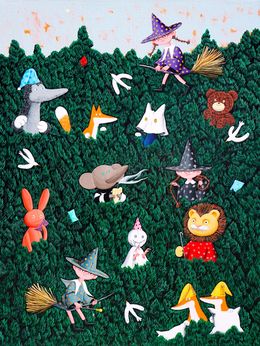
Painting - 73 x 53 x 3 cm Painting - 28.7 x 20.9 x 1.2 inch
Sold

Painting - 91 x 65 x 3 cm Painting - 35.8 x 25.6 x 1.2 inch
Sold
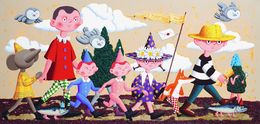
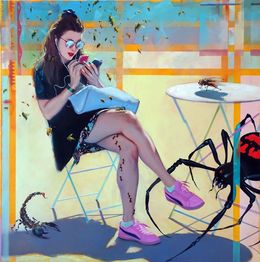

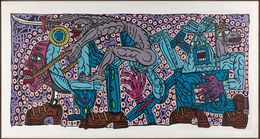
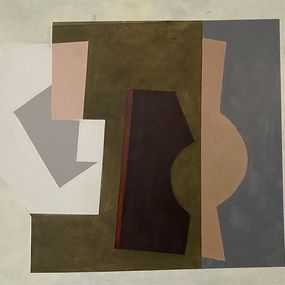
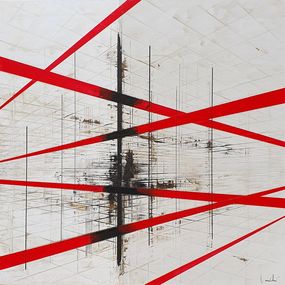
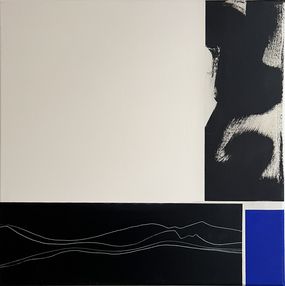

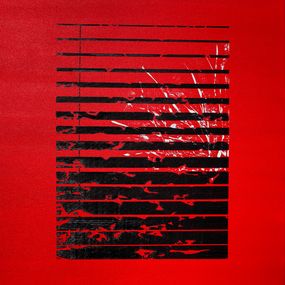




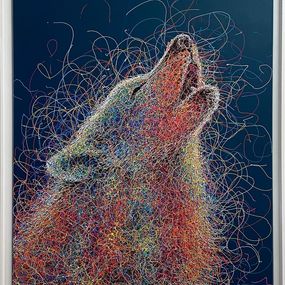
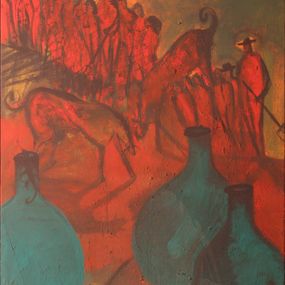
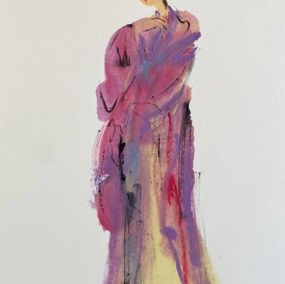
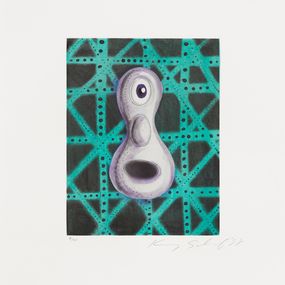

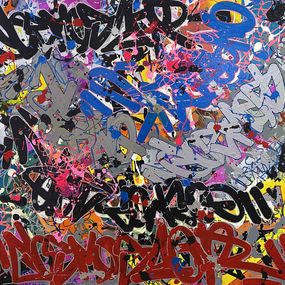
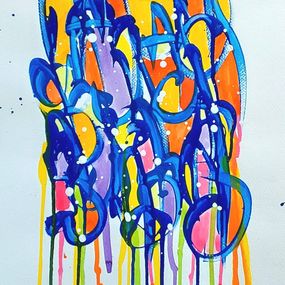

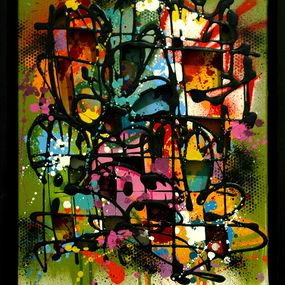


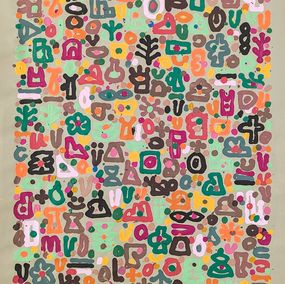
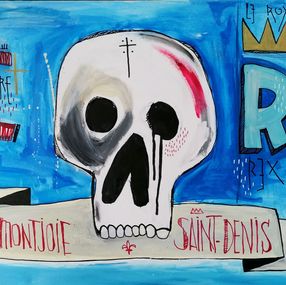
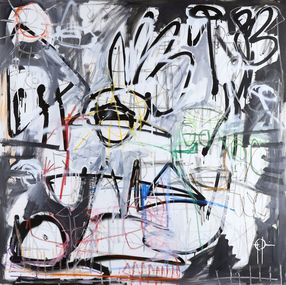
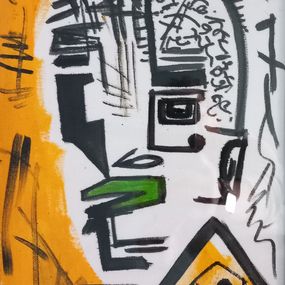


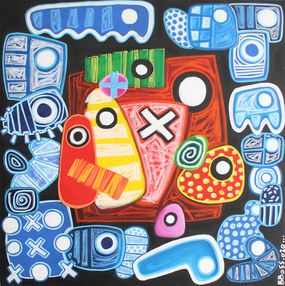
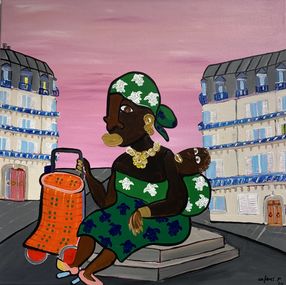








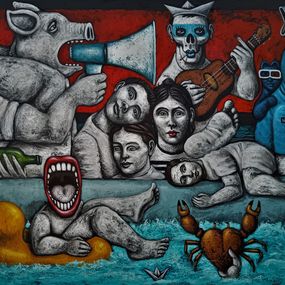
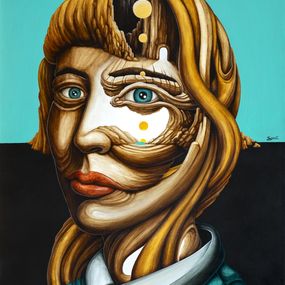
Painting - 70 x 50 x 2 cm Painting - 27.6 x 19.7 x 0.8 inch
$2,372
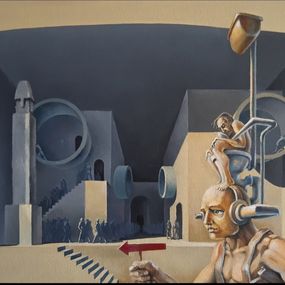
Painting - 50 x 70 x 0.5 cm Painting - 19.7 x 27.6 x 0.2 inch
$1,898


Painting - 49.7 x 38 x 0.5 cm Painting - 19.6 x 15 x 0.2 inch
$1,132
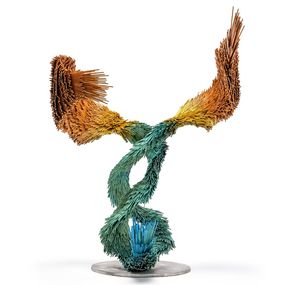
Sculpture - 100 x 82 x 90 cm Sculpture - 39.4 x 32.3 x 35.4 inch
$30,139
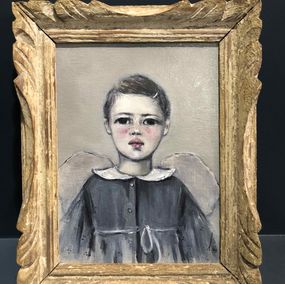
Painting - 23 x 17 x 0.5 cm Painting - 9.1 x 6.7 x 0.2 inch
$1,674
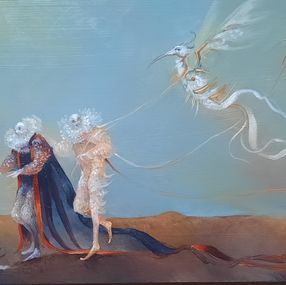
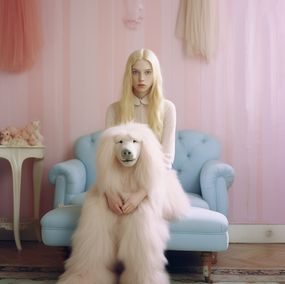

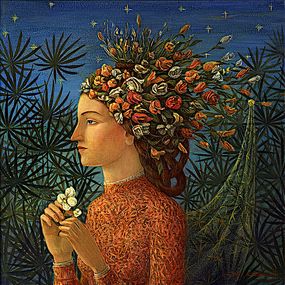
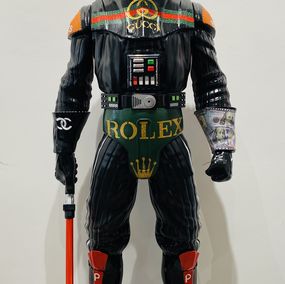
Sculpture - 124 x 50 x 50 cm Sculpture - 48.8 x 19.7 x 19.7 inch
$4,130
Fantasy painting is a style of art which explores the supernatural, depicting fantastical elements such as legends, ancient myths and divine figures. Mythical creatures are also prevalent in this genre where elves, fairies, dragons and wizards are often depicted alongside deities, angels and demons.
Fantasy painting grew in popularity after the invention of photography replaced the demand for Realism in the 19th century. The 20th century saw the introduction of new idealistic movements such as Expressionism, Cubism, Abstraction and Surrealism, where artists abandoned portraying subjects truthfully and embraced the implausible and supernatural. Although Fantasy Painting can technically be traced back to antiquity, it wasn't until the 20th century that it became an accepted art form. Artists of the Italian Renaissance were equally inspired by mythological characters in Greek and Roman culture. However, religious mythology was a highly sophisticated and incredibly important topic during the Renaissance, and is therefore not an example of fantasy painting.
Contemporary fantasy art has certainly been influenced by a surge in demand for science fiction and whimsical literary plots. This pushed artists to explore the darker corners of fantasy art, employing vampires and werewolves into their artwork. In 1923 the first all-fantasy fiction magazine was created called “Weird Tales", which helped bring fantasy painting onto a contemporary platform. As a result, fantasy painting became a powerful tool in the marketing of fantasy literature and film. Robert E. Howard's comic book hero “Conan the Barbarian" was a prominent feature in Weird Tales magazine. However, when the stories were re-released in 1960 with cover art by notable fantasy painter, Frank Frazetta, over 10 million copies were sold. This success lead to the creation of other fantasy art magazines. French magazine, “Métal Hurlant" (howling metal) was created in 1974. Due to its huge readership and demand, it was translated and republished in the United States as “Heavy Metal" in 1977. The late 70s also saw a boom in computer games and blockbuster films, which only furthered the popularity of fantasy painting. Hugely successful films like Star Wars, The Lord of the Rings, Harry Potter, The Hobbit and Twilight were paramount in fantasy painting's not only rise to prominence, but also increasing acceptance as an art form.
Despite the skill of artists that produce fantasy paintings, it is still not considered canonical. Since it is not an example of “high art", the genre is generally not exhibited in galleries or taught in art schools, which many claim is due to the popularity of fantasy literature and film. However, as fantasy painting's reputation grows, so does the acceptance for a wider variety of art forms. Therefore, we can't eliminate the possibility that this massively prominent genre won't be considered highbrow one day.
Discover our selection of original paintings by contemporary artists and painters who have been inspired by all things supernatural, mythical and divine.
What inspired the fantastical elements in the painting?
The fantastical elements in the painting were inspired by the artist's imagination and creativity. The use of vibrant colors, surreal imagery, and dreamlike landscapes were intended to evoke a sense of wonder and mystery in the viewer.
How did the artist create such intricate details in the painting?
The artist used a combination of techniques such as layering, blending, and fine brushwork to create the intricate details in the painting. They also paid close attention to light and shadow, color harmony, and composition to bring the artwork to life.
What emotions or messages does the painting convey through its fantastical elements?
The painting conveys a sense of wonder and imagination through its fantastical elements, evoking emotions of awe and curiosity. The use of vibrant colors and intricate details also suggests a message of creativity and individuality.